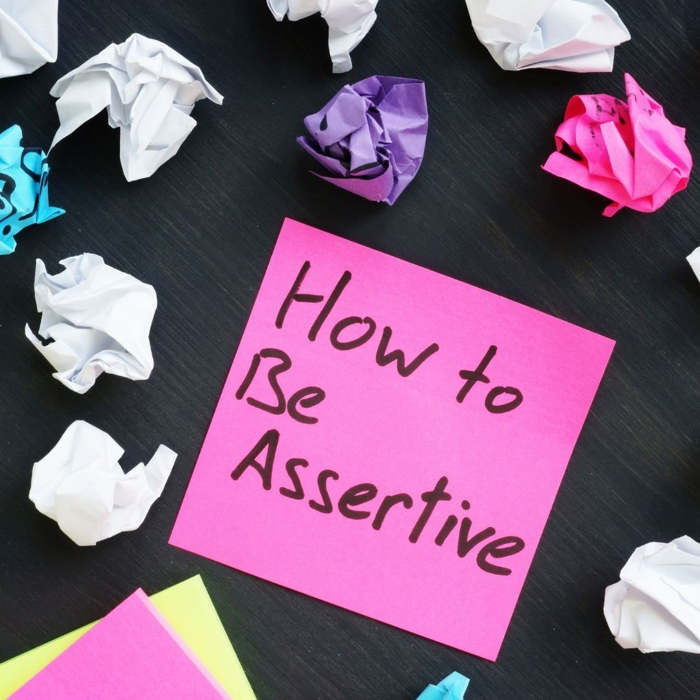
Although sport is in principle good for your health, being addicted to sport to the point of not being able to do without it can be harmful. This addiction has a name: bigorexia. Here is an update on an addictive behaviour recognised by the WHO.
To like sport or to be addicted: how to know?
The person who suffers (often unconsciously) from bigorexia is not necessarily a high-level athlete. In fact, the sports addict can be an amateur who starts "for fun" or to lose weight, for example. But what is the difference between pleasure in sport and addiction? The borderline is not always easy to define, as sport, once the initial efforts have been made, is often slightly addictive.
However, unlike the "classic" sportsman, the sports addict does not spend a day without thinking about his physical activity. Before or after work, sometimes both, during the week and at the weekend, the sports addict cannot imagine spending one or more days without practising his or her favourite activity. Running and weight training are generally the sports with the most addicts.
What are the dangers for the sports addict?
When practised regularly and within one's limits, sport is excellent for one's health. It helps to eliminate toxins, release hormones that help you relax, keep your weight down and your body toned. However, if the sport addict enjoys all these benefits at the beginning, it is then impossible to give up.
When sport becomes an obsession, the addict may take risks to excel, which may result in injuries, fractures, etc., and disregard medical recommendations. This obsession also tends to interfere with social life, sometimes with professional life and in some cases with family life. The sports addict lives only for his passion and seems disconnected from the reality of everyday life.
How do you get addicted to sport?
While the idea of running for 10 minutes scares some people, we sometimes hear that marathon runners really enjoy the race. How can you enjoy running more than 42 kilometres, some would say? This can be explained simply by the fact that sport leads to a real pleasure in the effort. This comes from the release of dopamine, a neurotransmitter that gives a feeling of well-being throughout the body.
In addition, sport increases sweating, which encourages the consumption of water and thus eliminates many toxins. The body seems cleansed and toned, and a general feeling of well-being pervades the athlete after the effort. These pleasant effects make the athlete want to do it all over again and sometimes create an addiction to go further and faster, regardless of the physical or weather conditions.
Sport addicts: self-imposed limits
Those who become aware of their addiction must take a few precautions to prevent their sport from encroaching on their professional and/or private life. The sportsman or woman may be alerted by certain events that are not very trivial: for example, if he or she puts sport before an important meeting at work or if he or she prefers to go running alone every weekend rather than spending time with his or her partner and/or children.
As long as the passion does not turn into an obsession, the athlete has no reason to worry about his condition. For example, they should be able to stop for several days without feeling physical withdrawal and know how to refuse a sports outing if they are ill or injured.
Enjoying the benefits of sport without going overboard
Sport is an ideal activity that often helps to avoid insomnia, to gain confidence, to learn to know one's own limits and even to widen one's social circle. If we add the other benefits mentioned above (feeling of well-being, elimination of toxins, etc.), we realise that sport is an excellent daily asset. It is therefore important to practice it calmly without being afraid of going overboard. Setting a maximum number of sessions per week (3 to 5) and refusing intensive training when you are only an amateur are precautions that can help a potential sports addict to avoid becoming addicted.
High-level athletes must be able to prepare themselves calmly for the end of their career. Devoting part of one's life to sport often leads to addiction and it is therefore necessary to prepare oneself physically and mentally for a gradual "drop-out".
In case of severe addiction to sport and consequences such as recurrent injuries, fractures, eating disorders and changes in social relationships, it is advisable to consult a doctor or to be followed by a psychologist.





